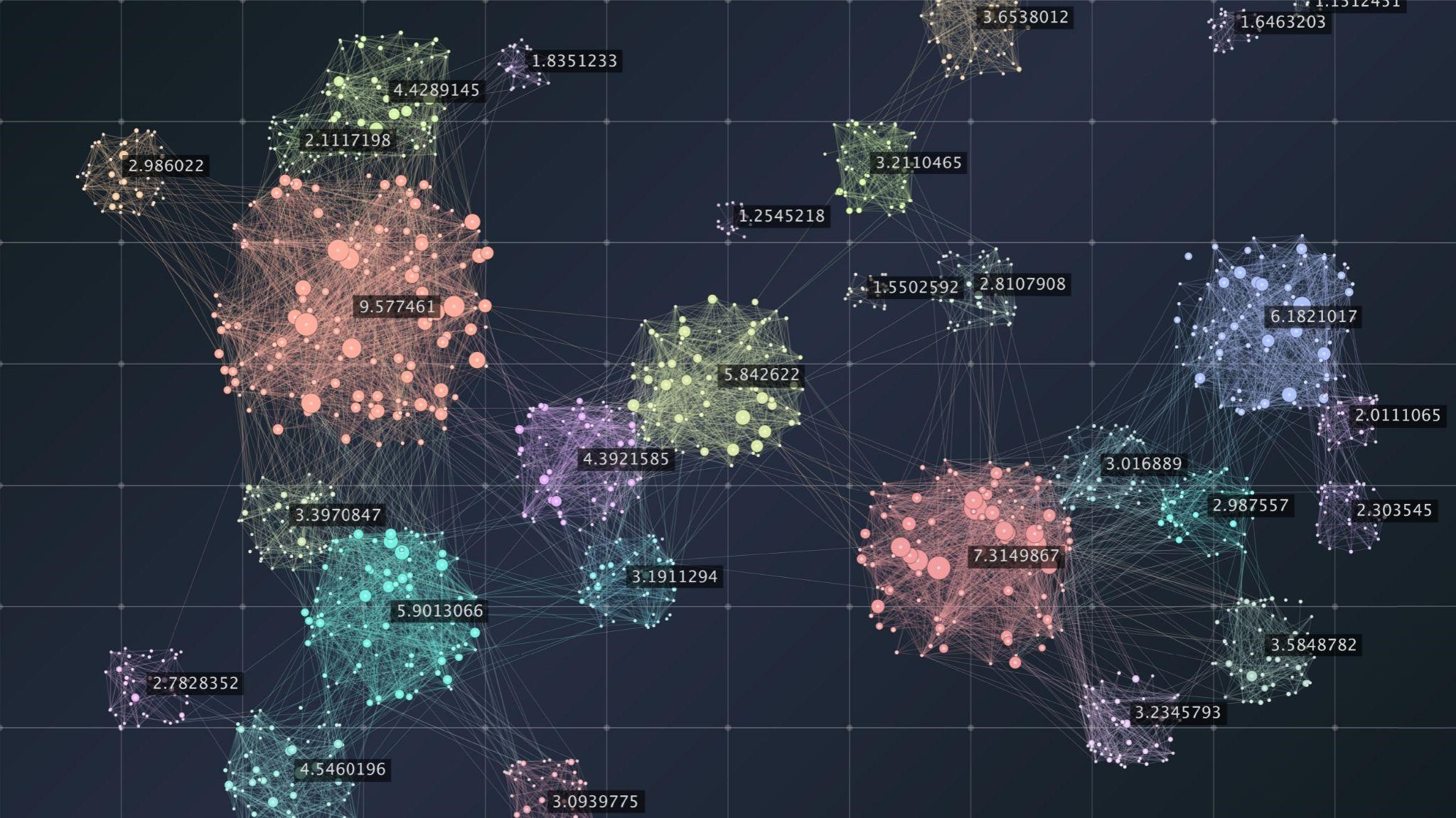Data is increasingly becoming one of the most important commodities in the world. It can give companies direction, show the areas that need improvement, and provide insights on how best to implement them. Big data is a veritable gold mine for businesses, but to make data work for you, you have to know what to do with it.
However, data produced every day is about five exabytes, which is equivalent to 2.5 billion gigabytes. Its sheer size alone can be daunting. About 90% of this data is considered unstructured, which means data that can’t be easily classified, isn’t searchable, and is more difficult to analyze. Most of the data produced every day aren’t of much use to organizations, that is, without tools powered by artificial intelligence (AI).
AI structured and unstructured data need to be organized and classified to provide valuable insights for companies. This scenario is where clustering algorithms come in.
Overview On Clustering Algorithms
Unlabeled, unstructured data are pretty much useless until they’re classified, or, more accurately, clustered. ‘Clustering’ means grouping objects with similar characteristics, properties, or behavior. This system is a crucial analysis method performed by machine learning, a subset of AI, in identifying structures and patterns in unlabeled and labeled data.
Essentially, a clustering algorithm is an unsupervised machine learning technique used to draw inferences from various datasets. These algorithms are ‘unsupervised’ because they aren’t programmed to recognize pre-assigned tags, and instead self-discover patterns in datasets. Clustering algorithms help to categorize and classify exabytes worth of information and turn it into a valuable commodity that businesses and professionals from different sectors can use.
Clustering Algorithms’ Use in Real Life
There’s a virtual ocean of information out there, and it’s easy to get lost in it. With clustering algorithms, you’re provided with not only a map to help you navigate, but also a North Star to guide you to where you want to go. Below are a few examples of the use of clustering algorithms in real life.
- Marketing
Since the unstructured or ‘shotgun’ approach isn’t a viable long-term marketing strategy for businesses, a company needs to know its target audience. With the insights provided by clustering algorithms, marketers can create focused digital promotional campaigns aimed at audiences based on metrics like income, gender, interests, visited places, and others.
Armed with the data from the algorithm, they can personalize their ad campaigns and make more effective connections with their audiences.
For example, marketers can gather information on households, such as income, household size, location, and occupation of the household head. They would then feed these data into a clustering algorithm to pinpoint clusters, like high-spending small families, low-spending small families, high-spending large families, and low-spending large families.
The company can then send customized advertisements to each household in the cluster. Since the ads are based on each household’s preference, they have a higher chance of getting a response.
- Fake News Detection
Fake news has always existed, but its egregious effects have been magnified by the ubiquity of today’s social media. It has become a malevolent force that’s aided in the rise of ideologies and worldviews that actively harm people. Fake news’s reach is such that it even affects elections and alters political landscapes in countries all over the world.
Clustering algorithms work on fake news by analyzing the set of texts, or ‘corpus,’ and clustering them. Since certain words are commonly found in clickbait, sensationalized content, the algorithms can recognize fake news from genuine, fact-based articles. Articles that contain a high percentage of specific words and phrases from fake news sources are tagged by the algorithms as fake news.
These algorithms are developed by feeding the AI datasets lifted from different fake news sources. Using these datasets, the AI trains itself into learning the patterns and characteristics found in fake news. Vast virtual libraries containing truthful information also aid the AI in recognizing what fact-based news looks like.
- Movie or TV Series Recommendations
Clustering is also used in recognizing the viewing habits of subscribers to the various streaming services. These services can collect data, such as the number of minutes spent watching daily, the number of weekly viewing sessions, the number of unique shows watched in a month, and the type of shows a subscriber typically watches.
With these and other metrics, your favorite streaming service can analyze each cluster, and recognize your viewing habits and preferences. Armed with this kind of information, they’ll know which subscribers are worth spending their ad budget on. The streaming service will also know which show to recommend and which coming show to watch out for.
- Email Spam Filter

A junk folder is where junk or spam emails end up. These are unwanted, unsolicited emails, usually bulk sent to recipients. Often, these emails are just an irritating part of 21st century marketing techniques. However, they’re sometimes sent for a more malicious purpose, like phishing for sensitive data.
Thanks to the clustering algorithm, these emails typically end up in your spam folder. Email services use algorithms that look at an email’s different sections, such as the content, sender, and header. The datasets are then clustered and classified by the AI-powered spam filter.
Endnote
The Digital Age also brings Big Data, which can be a source of invaluable information for businesses and other players across all sectors. To be helpful, tools like clustering algorithms used by unsupervised machine learning, a subset of AI, are needed. They’re programmed to recognize patterns and behaviors in datasets.
The algorithm organizes these datasets into clusters with similar characteristics. These pieces of data are extremely valuable to businesses, using them in various real-life instances, some of which are mentioned above.

